Letter of Recommendation for Residency Template
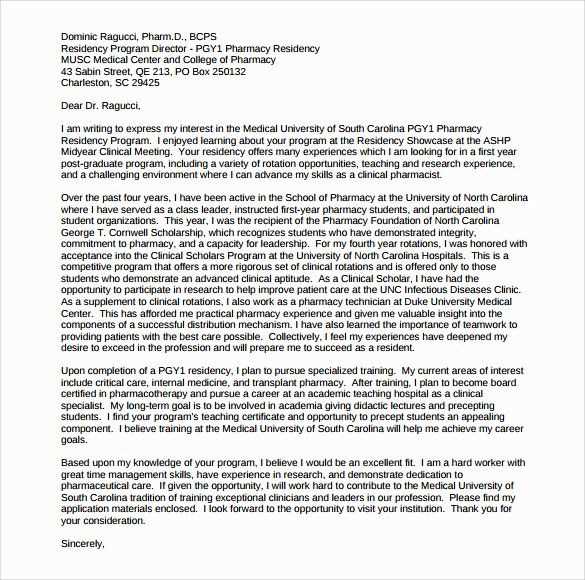
When applying for advanced medical programs, candidates often require a formal endorsement from someone who can vouch for their skills, character, and potential. This document serves as a pivotal part of the application, offering insight into the applicant’s professional qualities and readiness. Understanding how to structure this written support is essential for creating a compelling case for the applicant.
Essential Elements to Include
The endorsement should provide a clear and concise overview of the applicant’s qualifications and personal attributes. The following elements are critical to ensure the letter is persuasive:
- Introduction: A brief introduction of the writer and their relationship with the applicant.
- Professional Qualifications: A discussion of the candidate’s abilities, accomplishments, and relevant experiences.
- Character Traits: Personal attributes that reflect the applicant’s suitability for the program, such as dedication, empathy, and leadership.
- Specific Examples: Concrete instances demonstrating the applicant’s competence and commitment.
- Conclusion: A strong endorsement highlighting why the applicant is a perfect fit for the program.
Crafting the Perfect Introduction
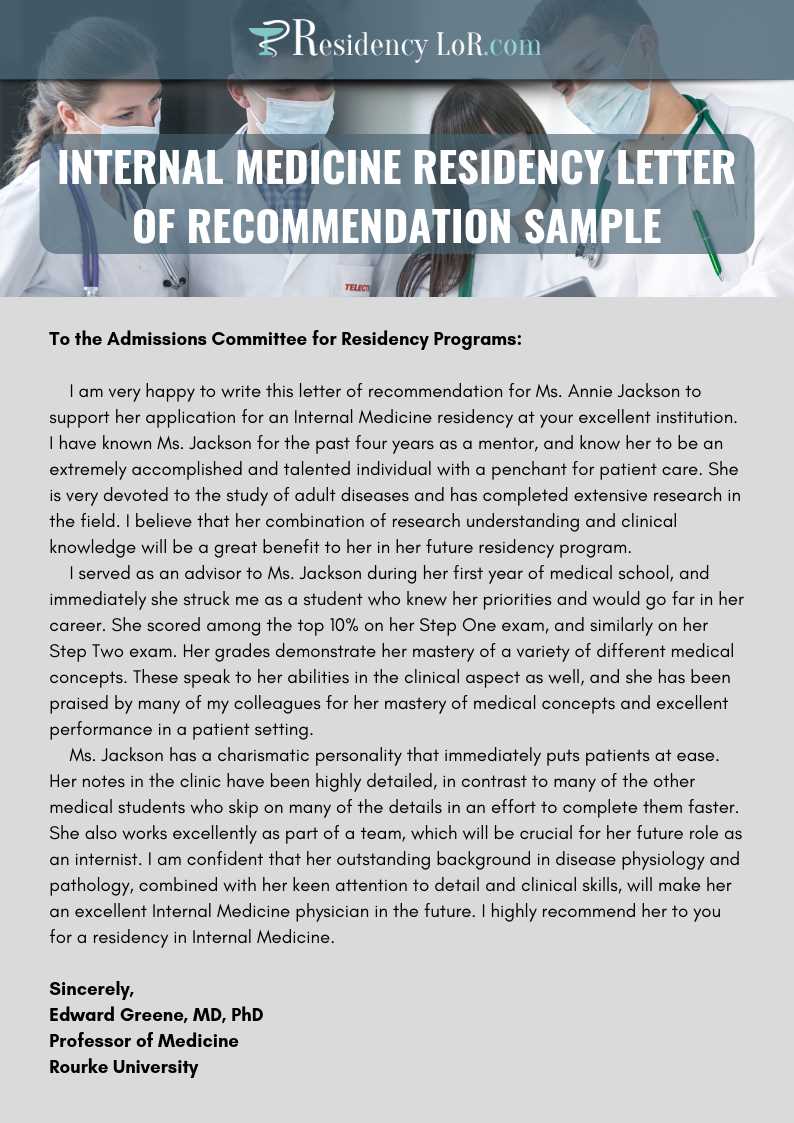
The opening paragraph should briefly introduce the writer, their role, and how they know the candidate. It is important to establish credibility and context to help the reader understand the significance of the endorsement. Keep this part professional and direct.
Highlighting Core Competencies
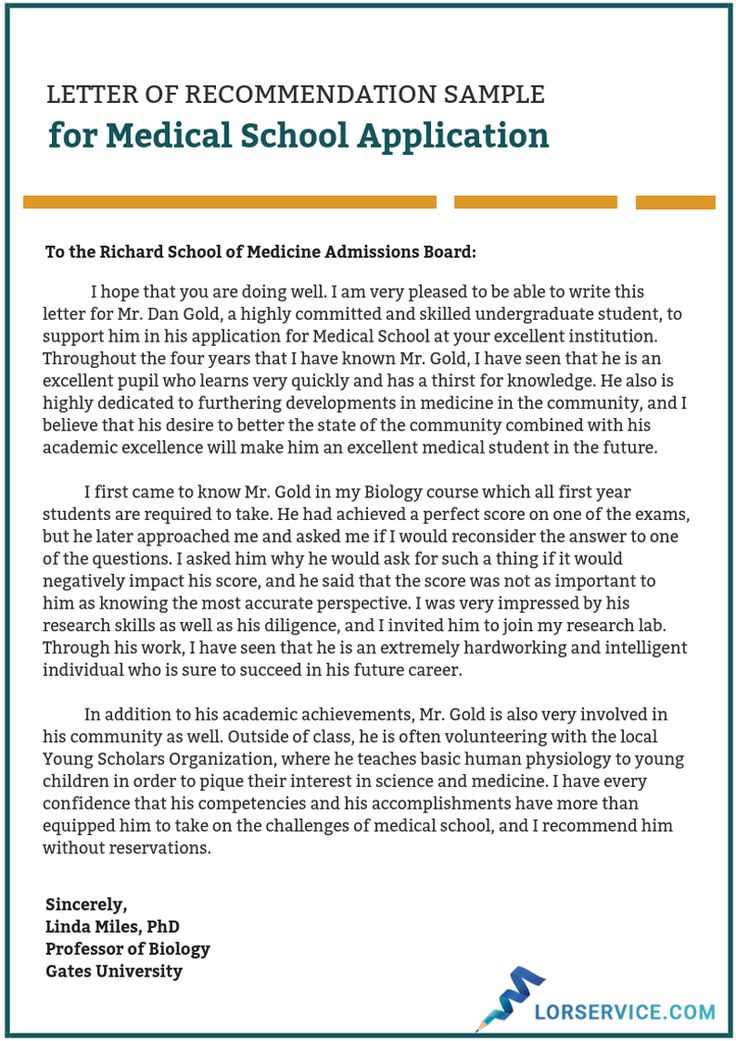
It is essential to focus on the applicant’s relevant skills and qualifications that align with the program’s expectations. This section should demonstrate the applicant’s technical abilities, work ethic, and capacity for growth within the field.
Strengthening the Message with Specific Examples
Including detailed examples is crucial to back up the claims made in the endorsement. Specific anecdotes help convey the applicant’s capabilities more powerfully and can leave a lasting impression. These examples should reflect real situations where the candidate showed exceptional skill or dedication.
Finishing with a Strong Conclusion
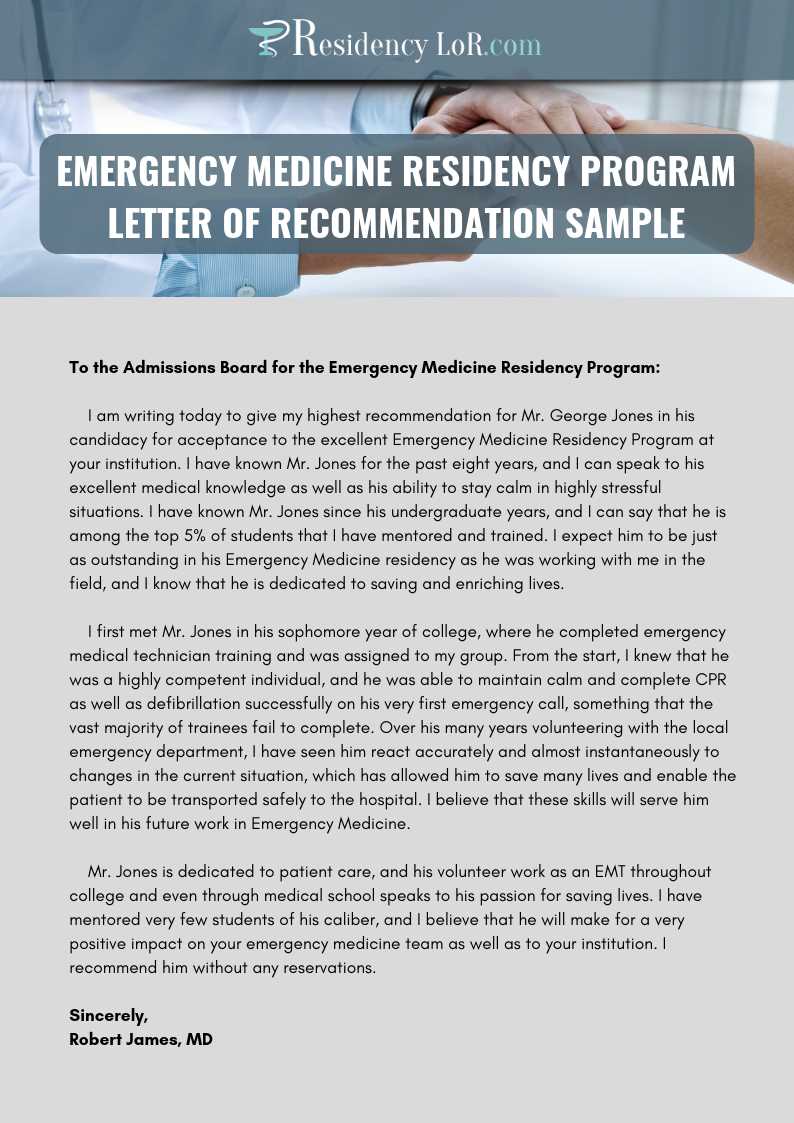
The final paragraph should emphasize the applicant’s suitability and potential. A confident conclusion reinforces the writer’s support and leaves a positive impression on the reader. Make sure to reiterate why the candidate is an outstanding choice for the program.
How to Write a Strong Recommendation Letter
Key Elements of a Residency Reference
Common Mistakes to Avoid in Letters
Personalizing Your Recommendation Effectively
Structuring the Letter for Better Clarity
Tips for Crafting a Convincing Support Letter
Finalizing and Proofreading Your Document
Crafting a well-structured and persuasive endorsement can greatly impact the applicant’s chances. It is essential to convey the candidate’s strengths and potential clearly and convincingly. By focusing on the key components of a strong reference, avoiding common mistakes, and ensuring a personalized, polished approach, you can create a compelling and professional document.
Key Aspects of a Persuasive Endorsement
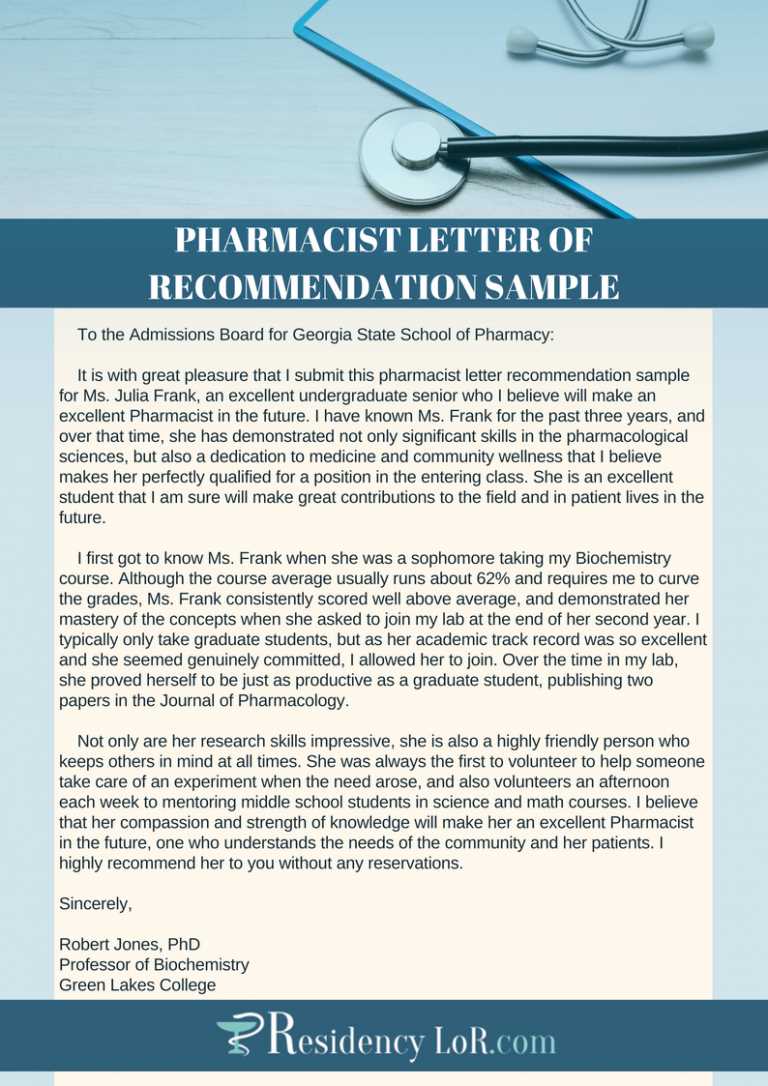
To make the endorsement effective, it should begin with a brief introduction, followed by a detailed discussion of the applicant’s skills, experiences, and qualities. A strong reference highlights both the personal and professional traits that align with the program’s criteria. Use specific examples to illustrate the candidate’s abilities and provide concrete evidence of their achievements.
Avoiding Common Pitfalls
Common errors such as vague language, generic praise, and lack of specificity can weaken the letter’s impact. It is crucial to avoid overused phrases or unsupported claims. Ensure that every statement made is backed by relevant examples that demonstrate the candidate’s qualifications and character. Additionally, keep the tone professional and free from any biases that might undermine the message.
Personalizing the document is key. Tailor the content to highlight the qualities and experiences that best suit the applicant for the specific program. A generic approach can make the reference appear less genuine. By aligning the letter with the applicant’s goals and the program’s expectations, the endorsement will come across as more sincere and persuasive.
Finalizing and Proofreading
The last step in creating an effective reference is reviewing it thoroughly. Proofreading for grammar, clarity, and tone ensures that the document remains professional and error-free. Make sure that the endorsement reads smoothly and leaves a positive, lasting impression on the reader. A well-executed, polished final draft can make a significant difference in the applicant’s success.